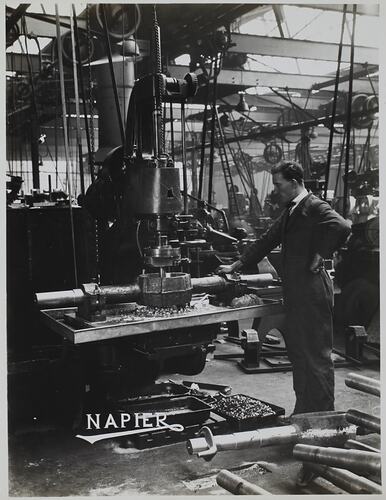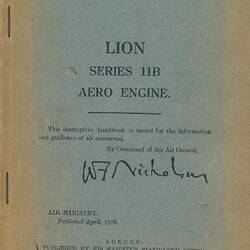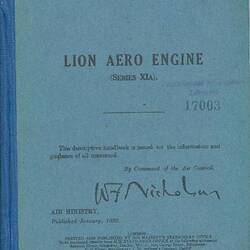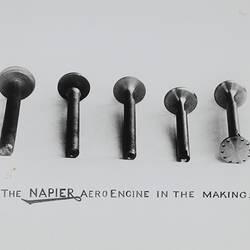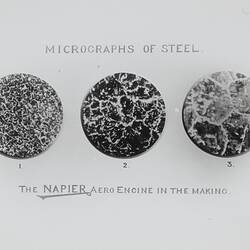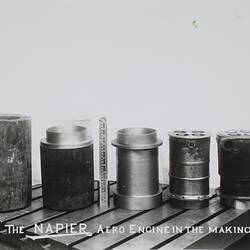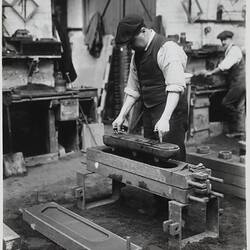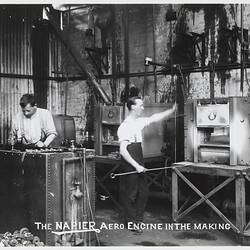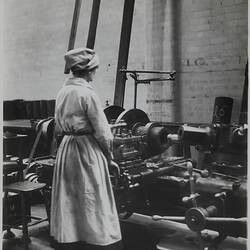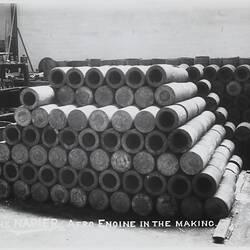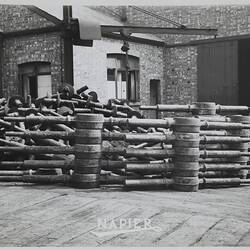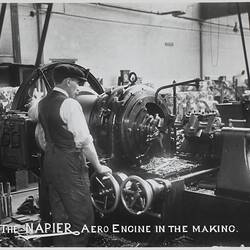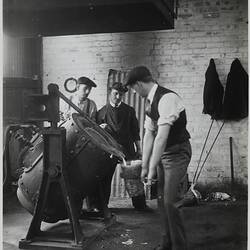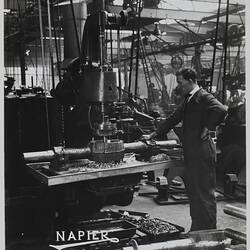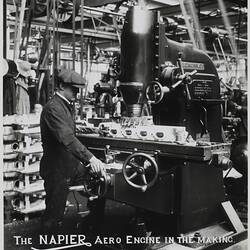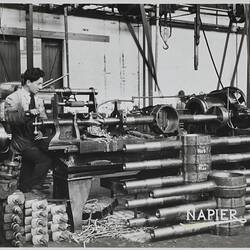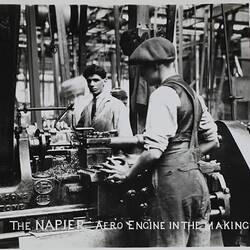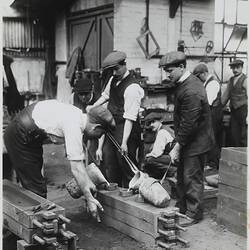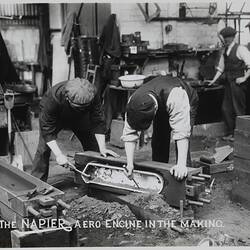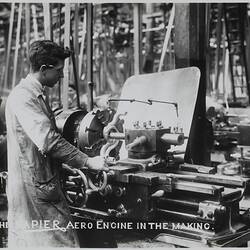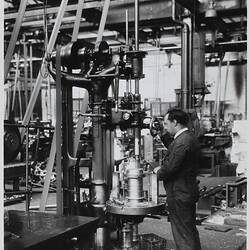Designed and manufactured by D. Napier & Sons Ltd, the 12-cylinder Lion was one of the most successful high-powered British aero engines developed during the First World War. First produced in June 1918 at the firm's Acton, West London factory, the Lion featured an unusual layout with three banks of four cylinders each. The first versions developed around 420-450 horsepower with extensive use of aluminium to reduce weight.
During the 1920s the Lion was continuously modified to provide increased power and in its final RAF service version (XIA) delivered 580 horsepower. In Australia the RAAF Seagull III flying boat was powered by the Napier Lion V. Supercharged versions of the Lion also powered seaplanes used by the RAF team in the Schneider Cup races during the 1920s and were fitted to racing cars and boats, developing up to about 1300 horsepower . A supercharged Lion VII D engine was fitted to the racing hydroplane Miss Britain III in 1933 which took several world water speed records and became the first single-engined watercraft to exceed 100 miles per hour.
More Information
-
Keywords
-
Localities
-
Authors
-
Article types
